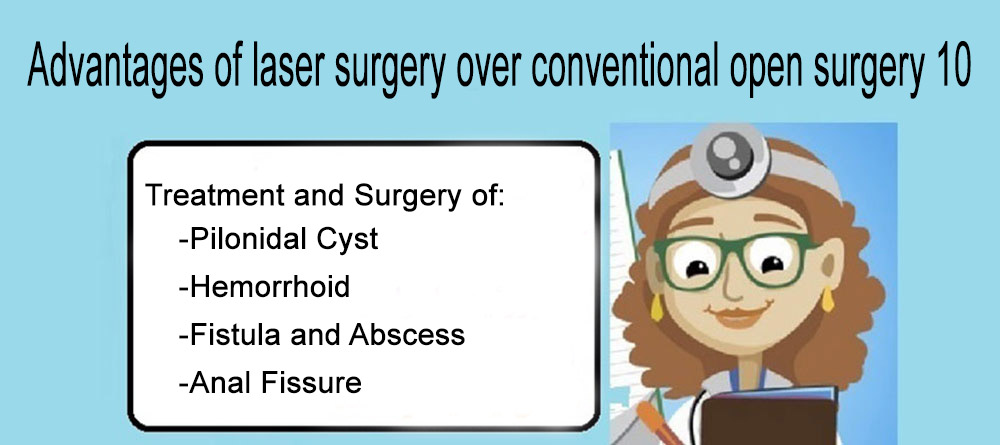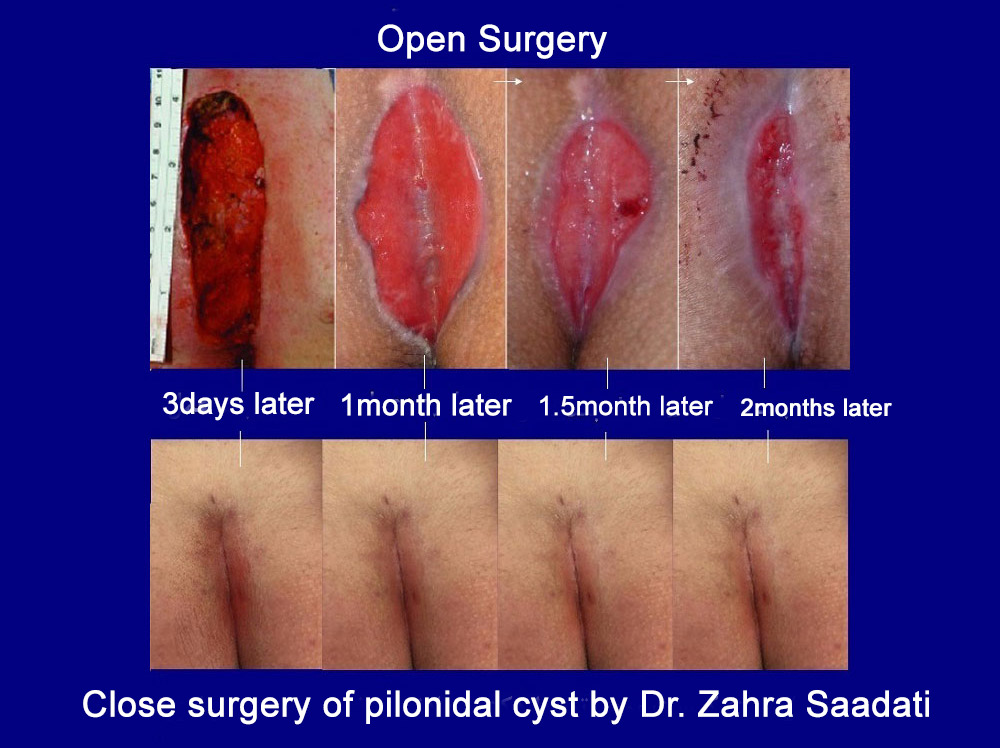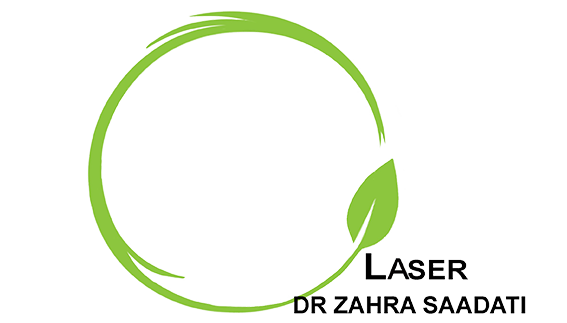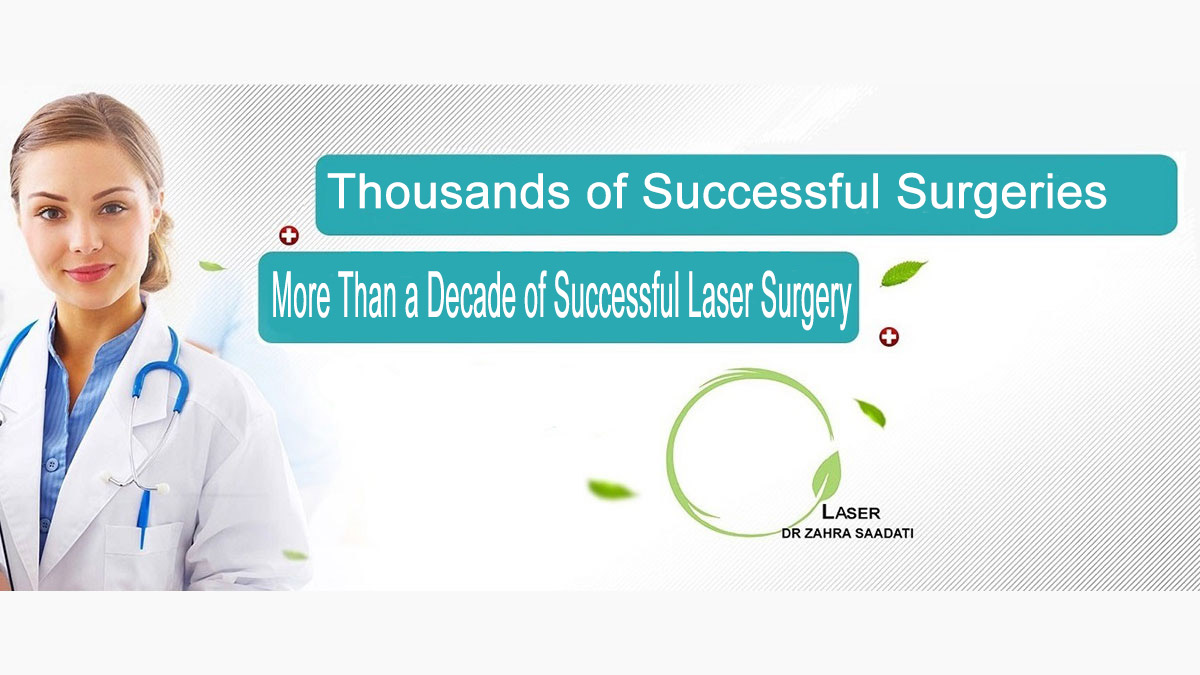All anal diseases can be treated with laser surgery. However, the question that most of my patients ask is why I recommend laser surgery to them. Here are 10 logical reasons why laser surgery is preferred to conventional surgery with cauters and blades.
Features of laser surgery
The main advantages of laser surgery for the treatment of anorectal diseases, such as hemorrhoid or piles, anal fissure, sinus pilonidal, pilonidal sinus, and anal fistula, are as follows.

- Incision repair: unlike making incisions with surgical blades that cause bleeding and pain, laser not only causes minimum bleeding but also quickly repairs the affected vessels and nerves at the surgical site.
- Pain relief: compared to conventional surgery, laser surgery causes less severe pain (by 70%). Patients who undergo laser surgery do not feel burning at the surgical site and feel minor pain, which can be relieved with a simple painkiller. Therefore, they feel more relaxed after surgery.
- Laser surgery is an outpatient procedure: laser surgery takes a very short time, ranging from 10 to 30 minutes, and the patient can be discharged after two hours.
- Quick recovery: the patients undergoing laser surgery need to rest at home only one night after discharge; they can return to normal life or their workplace the next day. However, those who are physiologically weaker or undergo more extensive surgery need to rest for more 3 days and then they can return to normal life.
- Short recovery period and rapid wound healing: compared to conventional and open surgery, laser surgery requires a very short recovery period. For example, the wound caused by laser surgery for sinus pilonidal will completely heal at most two weeks after surgery, whereas conventional surgery of sinus pilonidal causes wounds that should be dressed every day and take at least two months to heal. In addition, the patients undergoing conventional surgery of sinus pilonidal need to strictly take care of open wounds to heal, while those undergoing laser surgery do not have to deal with such problems.
- Superthin or very thin fiber laser: since the fiber laser is very thin or superthin, laser surgery can be employed for treating a large area of the body without damaging the surrounding healthy tissue. That is why laser surgery is commonly used for treating advanced cases of hemorrhoids, fissures, sinus pilonidal, and fistula. Moreover, laser surgery can be performed for treating all these patients simultaneously in a single session.
- No direct contact between the laser handpiece and the surgical site: the laser handpiece does not touch the body tissue when making incisions; only the laser light is emitted to the tissue. This minimizes the risk of infectious diseases, which are commonly transmitted during conventional surgery. In addition. The risk of hepatitis and AIDS transmission during laser surrey is almost zero.
- Minimum postoperative complications: conventional surgery using cauters or blades can burn the healthy tissue around the surgical site or cause severe bleeding. Wound healing may take a very long time after such a surgical procedure. By contrast, laser surgery causes none of these problems. Furthermore, the risk of fecal incontinence after laser surgery is almost zero. The restorative properties of laser light dramatically reduce postoperative complications.
- Minimum postoperative swelling and inflammation: the swelling and inflammation caused by laser surgery are less than those of conventional surgery by almost 70%, resulting in faster recovery and wound healing.
- Scare-free and dressing-free surgery: laser surgery causes no scare and requires no strict postoperative care such as dressing change.
Compared to conventional methods, laser has caused a revolution in the treatment of diseases, especially anorectal diseases. Since previous methods were associated with severe pain and bleeding and very long recovery periods, patients with such diseases were not very willing to visit a physician. In other words, people may never visit a physician or do so very late for hemorrhoids or other anorectal diseases because they assume that the treatments for such conditions are long and painful. If you know the advantages of laser surgery, you will no longer feel embarrassed for visiting a general surgeon and laser surgery specialist for treating your disease.
Difference between conventional surgery and laser surgery for sinus pilonidal
There are a variety of methods for the treatment of sinus pilonidal. In conventional methods, i.e. surgical removal of sinus pilonidal, the entire wall and discharge of the sinus pilonidal are drained, causing an open wound. Undoubtedly, this method causes severe pain and requires the patients to go through a long period of recovery after sinus pilonidal surgery. A painful surgical procedure is certainly not popular among patients. It is also noteworthy that the risk of recurrence in cases of sinus pilonidal treated by conventional methods is about 35%. In addition, conventional surgery of sinus pilonidal may damage the healthy tissue around the surgical site.
Studies have shown that the success rate of sinus pilonidal laser is 50% more than that of conventional methods. Patients undergoing laser surgery do not need special care or a long recovery period. The main advantage of sinus pilonidal laser is its painless procedure.

Click here to read an article about hemorrhoids laser.
Click here to read an article about anal fissures.
Thrombosed hemorrhoids can be treated by outpatient laser surgery without causing scars, pain, and bleeding. The patient is discharged immediately after surgery.
Laser treatments cost
Patients are charged only the physician’s visit fee for the initial examination and prescription. The cost of laser surgery or laser therapy is at least 70,000,000 rials. Since the recovery period is shorter and the success rate is higher in laser treatments compared to conventional methods, it is much more economical to undergo laser treatments. In fact, you can save both your time and money by selecting laser treatment for some diseases, especially anorectal diseases.



